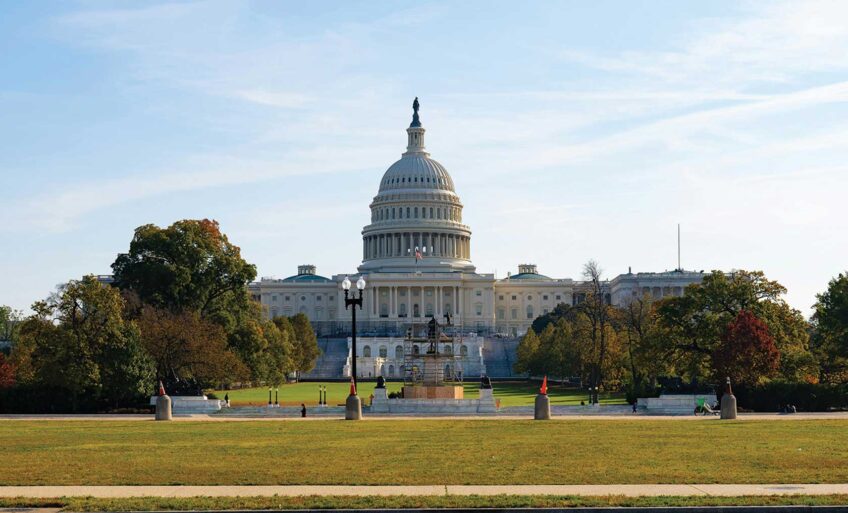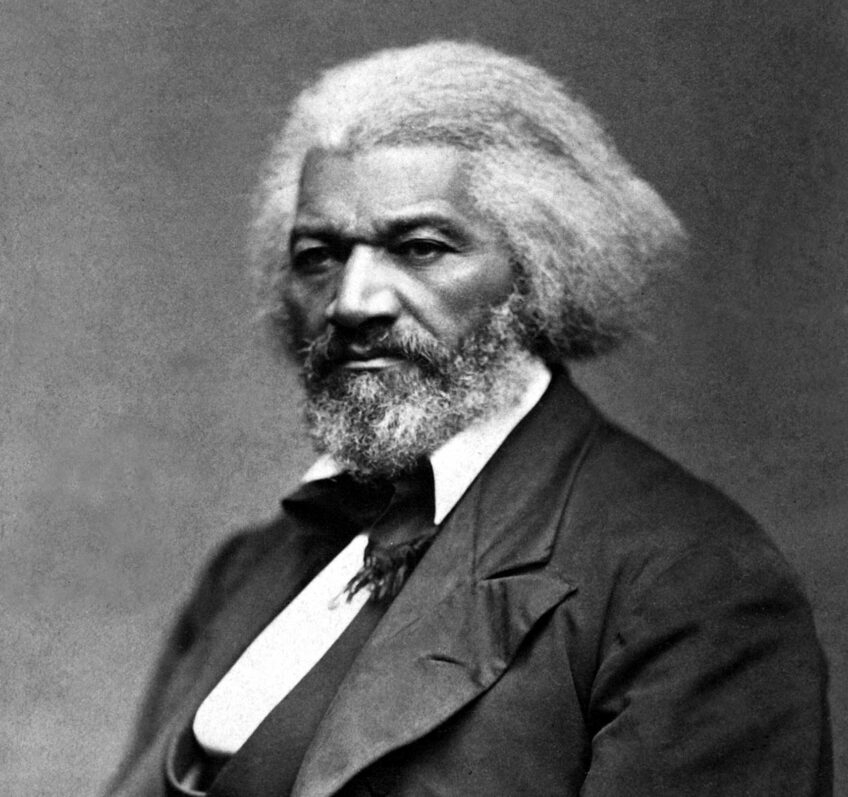On Earth Day 1993, I delivered the first major speech of my life. It was in New York City’s Bryant Park, kicking off a nationwide tour to rally opposition to the passage of the North American Free Trade Agreement (NAFTA).
The crowd was about 10,000 people. I was there representing the Student Environmental Action Coalition (SEAC) and joining national leaders from the environmental and labor movements. I was 20 years old and it was nerve-racking. It was my first time speaking to a crowd that was not principally students. And helped me find my public voice, not just on the environment but on the rights of working people.
Now, 31 years later, Earth Day 2024 again marks a moment when the fate of our planet and the fate of working people in our country are tied together.
The climate crisis can only be solved with our transition to an economy based on clean energy. And that next economy is here.
Unlike 31 years ago, the landmark policies now shifting the economic landscape are providing powerful incentives for investments in the country and the planet. They are bills like the Inflation Reduction Act (IRA) and the Biden-Harris administration’s infrastructure law.
NAFTA’s incentives all pointed in the wrong direction for the environment (as well as jobs). It gave polluters legal backdoors to challenge environmental protections outside our courts. It made it harder for Canada to regulate fossil fuels. And it created pressure to increase environmentally harmful farming and mining practices in Mexico.
Now the incentives are pointing the right way. The IRA has $40 billion in tax credits to expand clean technology manufacturing. That includes a manufacturing production tax credit to support the expansion of solar, wind, and battery manufacturing and critical minerals processing. These four sectors are part of the foundation of the next economy. And this tax credit — only a fraction of the power of the IRA — will create more than 560,000 good jobs over the next decade. It also represents the path to keeping the US competitive globally by helping to bring supply chains to America.
E2 is an organization of business leaders pushing policies that are both good for the economy and good for the environment. As of last week, they report at least 301 major clean energy projects have been announced in 41 states and Puerto Rico since passage of the IRA.
The eight projects announced just last month alone will create at least 1,700 jobs and pump more than $3 billion into the economy.
E2’s federal advocacy director Sandra Purohit said, “the clean energy economy is once again showing no signs of slowing down. Federal clean energy investments in the IRA are working; they are spurring private investment, thousands more jobs in America’s resurgent manufacturing sector, and they will spark thousands more jobs in those communities to support the new workers and clean energy supply chains being built across the US.”
Critically, sectors other than manufacturing have an important part to play as well. Financial institutions must divest from fossil fuels to make way for clean energy. Aside from tax incentives, the clean energy transition itself offers a powerful incentive for this. As the transition picks up steam, fossil fuel companies are a riskier and riskier bet for long-term growth.
And companies across the board — whether they manufacture goods outside of green tech or provide services — can choose to make their own energy decisions greener. One example is the deal announced in January, between Microsoft and the solar panel manufacturer Qcells. Microsoft agreed to purchase 12 gigawatts of solar modules and Engineering, Procurement and Construction services over eight years. That is enough energy to power more than 1.8 million homes annually. It will help Microsoft hit its own sustainability goals and it will help Qcells – which has the Western Hemisphere’s largest solar manufacturing facility in Dalton, Georgia — create even more good-paying manufacturing jobs.
Every year, companies commemorate Earth Day by changing their logo for a day or putting out empty public relations messages. In some cases, they attempt to “greenwash” their own poor environmental records. This year, companies have the opportunity to take a more genuine approach and commit to being part of the clean energy transition. The IRA and infrastructure bill offer immediate financial incentives. Clean energy’s increasing resilience and affordability make it good for business in the long term. And it will create a windfall of good jobs, so it is an investment in the American worker.
Ben Jealous is the executive director of the Sierra Club and a professor of practice at the University of Pennsylvania.






